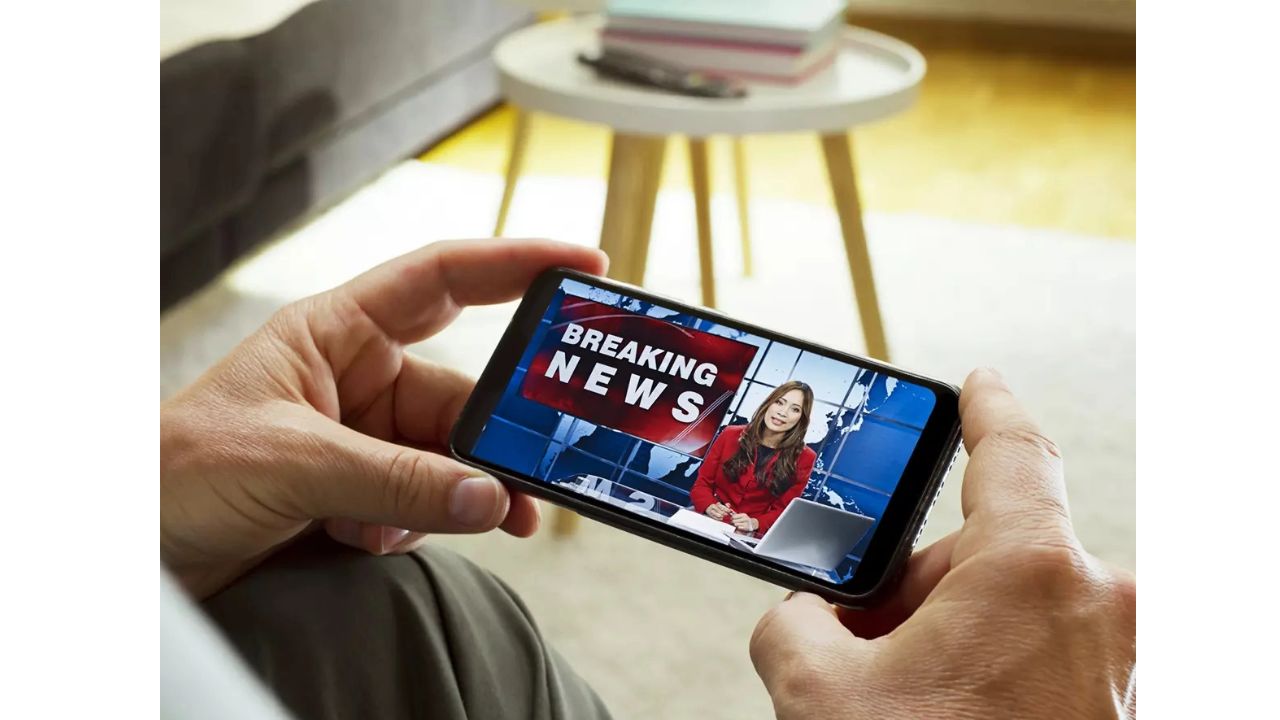Centre’s Bold Move to Trial Direct-to-Mobile Broadcasting Without SIM Cards
There were test runs of the D2M system last year in Bengaluru, Kartavya Path, and Noida.

Centre’s Bold Move to Trial Direct-to-Mobile Broadcasting Without SIM Cards: Direct-to-Mobile broadcasting could soon make it possible for mobile users to stream videos even if they don’t have a SIM card or an internet link.
Centre’s Bold Move to Trial Direct-to-Mobile Broadcasting Without SIM Cards
Information and Broadcasting Secretary Apurva Chandra spoke at a Broadcasting Summit and said that tests of the homegrown Direct-to-Mobile (D2M) technology would soon be held in 19 places. She also made a strong case for setting aside the 470–582 MHz spectrum for this new technology.
Chandra said that moving 25 to 30 percent of video data to D2M would free up the 5G networs, speeding up the country’s digital transformation and making content delivery more accessible to everyone.
There were test runs of the D2M system last year in Bengaluru, Kartavya Path, and Noida.
Check Out: Ford Motor Company | History, Revenue, Headquarters, & Facts
He said that the D2M technology would help reach about 8 to 9 crore “TV Dark” homes in the country. There are 280 million homes in the country, but only 190 million have TVs.
He said that there were 80 crore smartphones in the country and that 69% of the material that people watched was videos.
Chandra said that when a lot of people watched videos, mobile networks got slow, which caused information to buffer.
The D2M broadcasting technology was created by Saankhya Labs and IIT Kanpur. It uses terrestrial telecommunications infrastructure and spectrum given to public broadcasters to send video, audio, and data signals directly to mobile and smart devices that are compatible.
D2M technology could reach more than a billion mobile devices and bring about huge changes. For example, it could lower the costs of sending and accessing data, make networks more reliable and efficient, and even lead to the creation of a nationwide emergency alert system.
